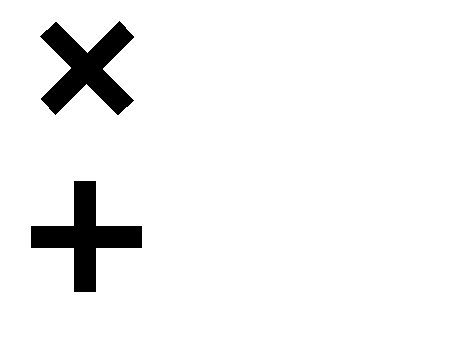pattern ammunition

In the sixties some semioticians studied among others the semiotics of photographies where they discovered e.g. the socalled “photographical paradox” (Barthes).
The photographical paradox basically means that although a photography is “a message without code” (“eine Botschaft ohne Kode”) i.e. although it is rather “a mechanical analogy of reality” (“mechanisches Analogon der Realität”) – it may none the less be the case that especially a pressphoto is “processed, selected, produced, constructed and processed according to aesthetical or ideological norms, which contain also components of a connotation“. (“bearbeitet, ausgewählt, hergestellt, konstruiert und nach professionellen, ästethischen oder ideologischen Normen bearbeitet, die auch Faktoren einer Konnotation beinhalten) (citations from Winfried Nöth, Handbuch der Semiotik (Stuttgart, Weimar: Metzler 2000, ISBN 3-476-01226-3, p.498, from: Le message photographique, Communications I 127-138 1961).
In short: a photography may have a second level of meanings (connotations).
The “ideological norm” of a company logo or a logo of an organisation is sort of obvious: the company wants to promote their brand. And instead of primordial marketing gigs like product placement or subliminal messages, it seems as if some marketing experts make now use of the connotational character of photos by implanting their logos in 20.000 ft underwater depth in order to slyly hocus submarine photographers .
This fact was uncovered by artist-detective Christophe Bruno (again splendid vvork), who used a pattern recognition program for his task. (The project was by the way conceived for the Rencontres Paris-Berlin 2006, a very good choice which may lead into interesting domains (although at large I got the impression that the Rencontres Paris-Berlin are at the moment not so interested in communication software (?)))
Nonetheless – for the choice of the photos on his website Christophe Bruno probably needed to do also a loot of selection work, since nowadays usual pattern recognition programs often produce not so useful (means recognizable) images. As an example soe e.g. thos old randform post. But may be the logohallucination recognition program works dofferently. In addition one also has to note that austria‘s lovely systemone machino makes very good progress (e.g. put the above image in retrievr) ond thus I will – moy be – take it again into consideration if I upload my next shots)
It is clear that pattern recognition programs (at least most) work best with logos which are easy to segment, like e.g. a cross or the citroen logo but there are of course much more options and it is generally good to think about logos in terms of segmentation. I havent yet looked into this category and I dont know if I should spend the time with it and try to catch up. I am not a gravics designer, but the computer part seems interesting. So any suggestions are very wellcome. I got a bit lost at this point.
Anyways, it is clear that a logo like e.g. the one of this honourable organization should be simpler in order to be feasible for pattern recognition. May be they should produce various logos – like seperate ones for the chain and the meat?
A little extra today: I was hiding a saltire in the text (so to say the simplest nontrivial example of ascii art), the hiding mechanism works a bit like a watermark – just for texts. One hint: this particular one works only in a fixed layout. Go find it. (may be its a bit too easy..:))